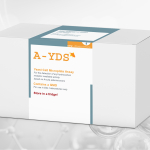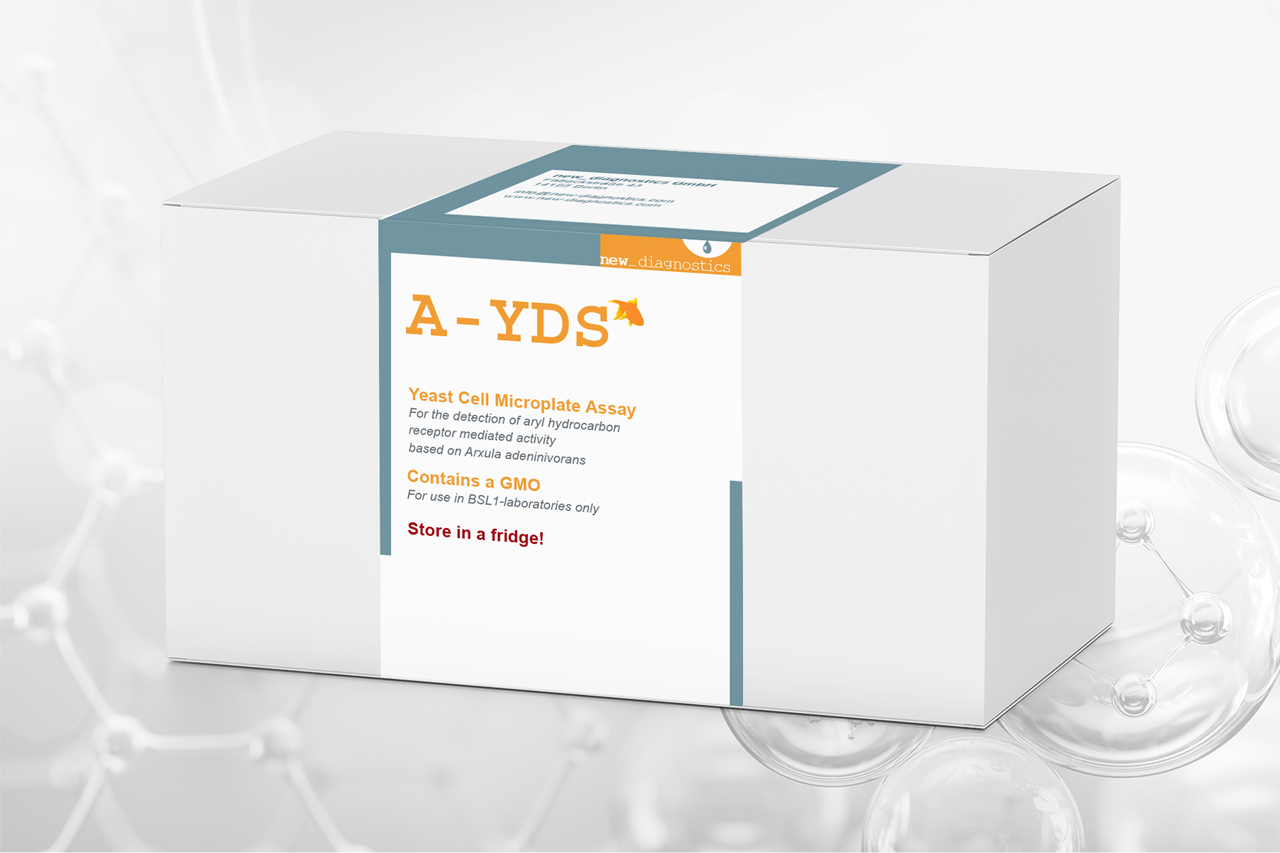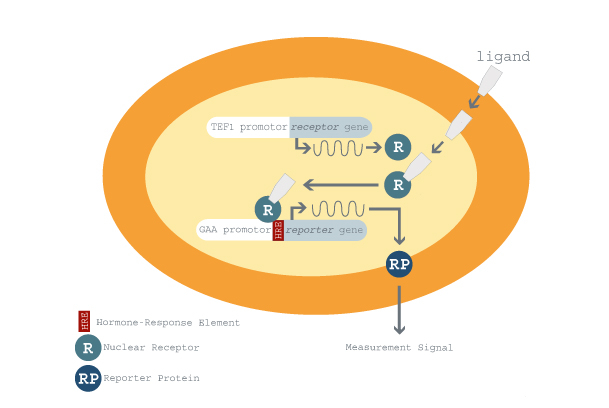A-YDS
Arxula - Yeast Dioxin Screen
Detection of Ah-Receptor mediated effects

- comes with our test kits
- web tool with free access
- simple and intuitive use
- statistical assessment of results
- comprehensive report with graphics
- customized report available
Key Characteristics
The A-YDS determines the NEQ (β-Naphthoflavone Equivalents) of water samples.
Validation and Standardization
An in-house validation was performed for method validation.
Data Evaluation
Concerned about data analysis? With the purchase of our test kits you get free access to BioVAL for the statistical analysis and reporting of your test results.
Support
Will this test fits to my purposes? We give sufficient support for choosing the right test for your application as well as before and during test establishment and for data evaluation.
Genetic Modifications
In the yeast genome the genes for the human aryl-hydrocarbon receptor (hAhR) and the human aryl-hydrocarbon receptor nuclear translocator (hARNT) and a reporter gene cassette have been integrated.
Transactivation
In the presence of hAhR ligands, heterodimeric complexes are formed which act as transcription factors for the transcription of the reporter gene.
Calibration
Calibration The reference standard for calibration and quantification is β-Naphthoflavone (β-NF). The dose-response curve corresponds to a non-linear model.
Detection
The detection is performed photometrical after reaction of the reporter enzyme with the chromogenic substrate p-nitrophenyl phosphate at 405 nm.





